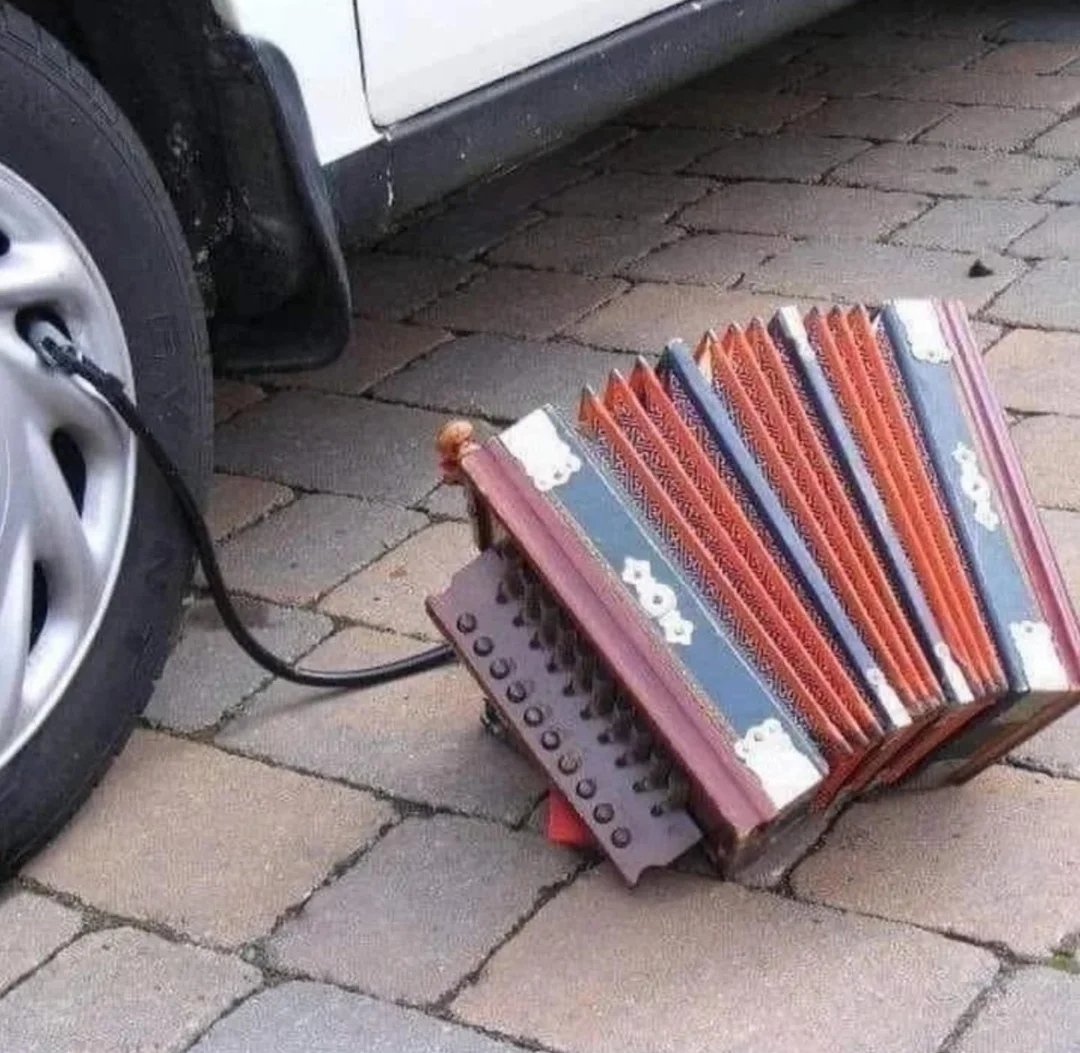- cross-posted to:
- lotrmemes@midwest.social
- cross-posted to:
- lotrmemes@midwest.social
Useful facts from a handyman -
The more things a glue says it will stick, the worse it is at all of them generally
Superglue is the best thing you can buy for sticking rubber to rubber, but only if you don’t flex the bond. It’s pretty much the worst thing for everything else because it’s too brittle or melts the surface
I don’t keep it at all. The glues you need are -
Epoxy resin - two part adhesive for anything solid. Particularly good for hard plastic as it turns into a very hard plastic itself after mixing. There are variations for metal etc
Impact adhesive - for anything flexible. Basically spread two sheets of liquid rubber on two surfaces, let it dry then push them together. Sticks like shit to a blanket
Wood glue - on softwoods, a glue joint will be stronger than the wood itself. It might look and smell like school glue but it’s amazing at one job
Shoe Goo - special shout out to this fucker. Exactly what it says, and brilliant at hundreds of other things too
There are loads more for building etc, but if you have those 4 and know how to use them, they’ll work far better than any superglue.
PS, Gorilla glue is absolutely crap
Came here for the jokes. Stayed for the education. Thanks.
Glad you stuck around
What you describe as impact adhesive sounds like what I’ve seen called contact cement. It comes in variants that you can spray or paint on. The dried surface isn’t very sticky to the touch, but when two coated surfaces touch, it’s a crazy strong bond.
Shoe goo??
Wonderful stuff, but I haven’t seen it in 40 years.
When your Kmart bargain shoes were delaminating and the rubber tread was coming off the foamy part, you layered on the shoe goo to stick that back on.
deleted by creator
I will disagree with you only slightly, with anecdotal evidence.
IME nothing even comes close to superglue for ceramics (coffee mug handle etc) and similar materials - I’ve fixed some clean breaks that were effectively invisible afterward with superglue. I think I’ve been reasonably happy with repairs to some other things as well, but the only one I’ll really fight you on is the ceramics.
I have a similar “it was great for this” story with Gorilla Glue. We bought cheap “solid wood” furniture (dining room chairs) that we needed to assemble ourselves about 20 years ago. Surprisingly nice for that sort of thing, but the fasteners holding the legs in place constantly loosened up every few weeks. There’s probably a good loctite for that, but I had Gorilla Glue. Small amount, spritz of water in each hole before re-assembly. We still have those chairs, they get used daily, and I’ve never had to tighten a leg again.
For anyone who keeps super glue around like I do (works good on 3d prints), use the thinnest layer possible for the best results. The glue is awful at holding onto itself, but it sticks to surfaces really well, so the thinner the layer of glue between two objects is, the better.
Skip the gel, get liquid CA glue. If you’re using enough for it to run all over the place, you’re using too much
You should keep it in your first aid kit! It’s great at quickly sealing cuts.
I also am pretty sure while your advice is technically correct and good advice, it seems applicable only for bigger jobs and not the quick dumb fixes people use gorilla glue and super glue for. Super glue is really great for short term seal. Otherwise yes wow it is useless. Especially if it’s anything that has to endure any sort of pressure, tension, movement, moisture, etc. Gorilla glue (clamp and cure kind) hasn’t failed me with plywood or ceramic so far. Haven’t had much use for it beyond that.
Like it’s good advice but I hope people realize it’s more specialized advice.
At the drug store you can buy what’s essentially aerosol super glue. I think under the brand Liquid Skin in Canada.
Stings like a motherfucker but great for road rash and general cuts. Buy some lidocaine spray to go with it is my recommendation.
deleted by creator
A nail file is a really great way to get rid of the annoying part of super glue dried to your fingers! Acetone helps as well. Superglue is a chemical reaction caused by friction, it actually takes a while to dry if you just poured it onto a surface. This also means if you try to pull your fingers apart with glue on them it potentially could cause a chemical burn.
Superglue is a chemical reaction caused by friction, it actually takes a while to dry if you just poured it onto a surface.
Incorrect. Superglue is a chemical reaction which polymerizes in the presence of water. The reason it takes longer to cure when poured on a surface compared to fingers, is that most surfaces are drier than human skin, which is always slightly moist.




